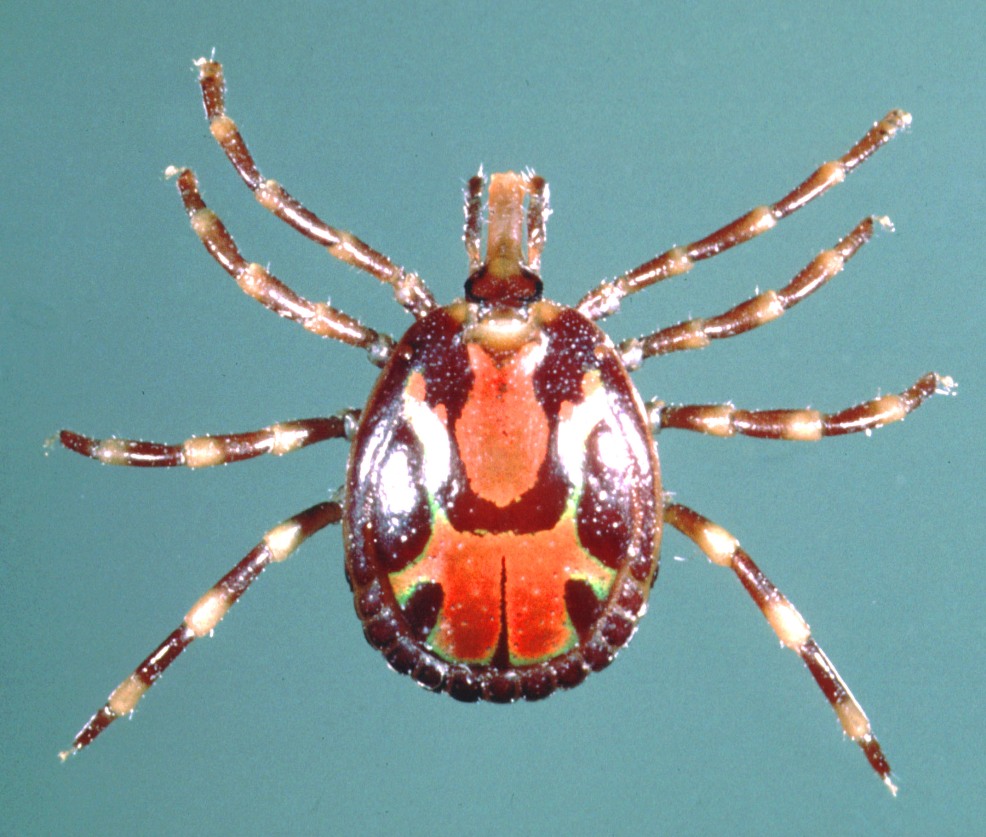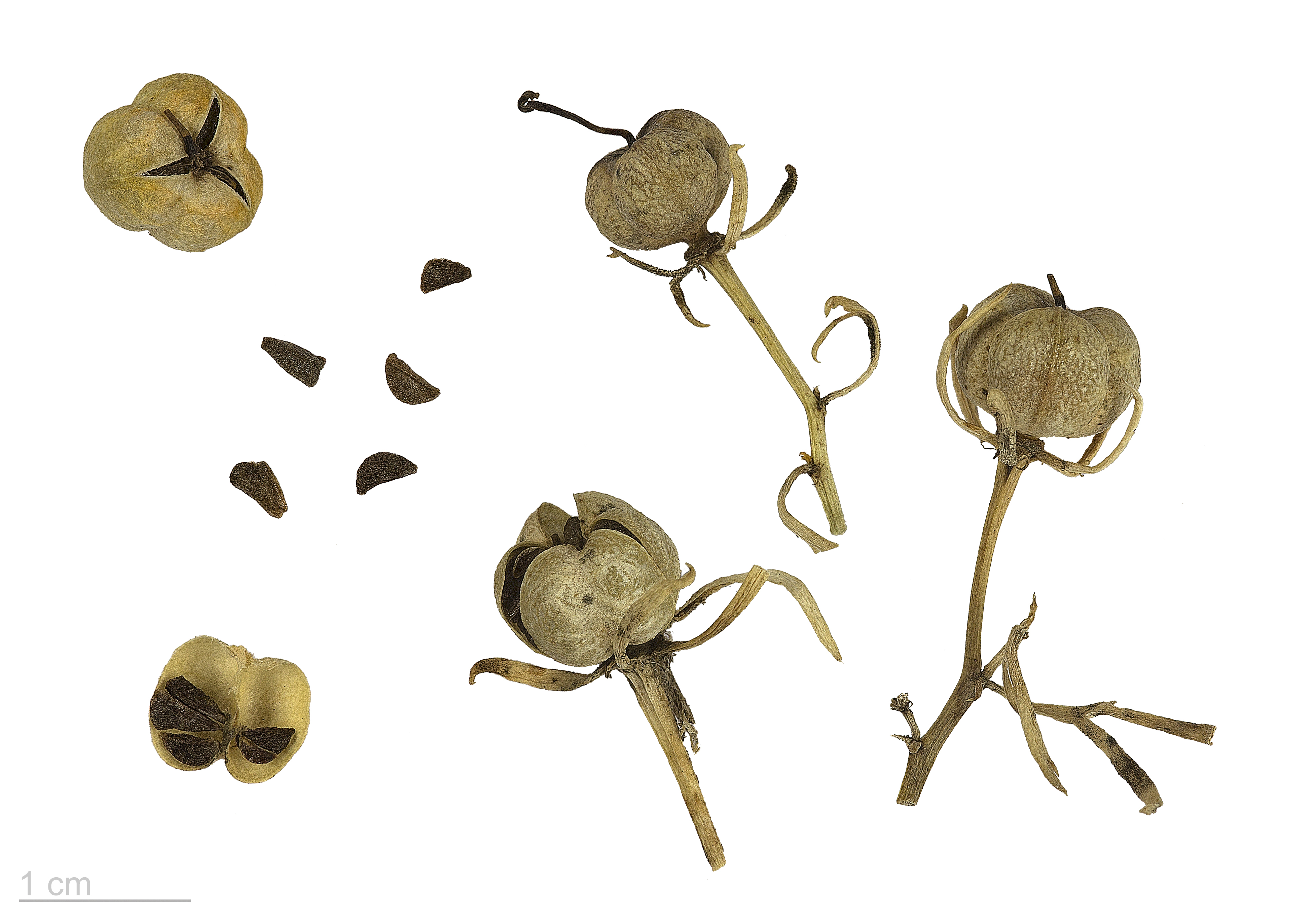|
East Coast Fever
East Coast fever, also known as theileriosis, is a disease of cattle which occurs in Africa and is caused by the protozoan parasite ''Theileria parva''. The primary vector which spreads ''T. parva'' between cattle is a tick, ''Rhipicephalus appendiculatus''. East Coast fever is of major economic importance to livestock farmers in Africa, killing at least one million cattle each year. The disease occurs in Burundi, Democratic Republic of Congo, Kenya, Malawi, Mozambique, Rwanda, South Sudan, Tanzania, Uganda, Zimbabwe, Zambia. In 2003, East Coast fever was introduced to Comoros by cattle imported from Tanzania. It has been eradicated in South Africa. A more acute form of East Coast fever called corridor disease occurs when buffalo-derived ''T. parva'' is transmitted to cattle. Another form, called January disease, only occurs over the winter months in Zimbabwe due to the tick lifecycle. Native cattle are often resistant to the parasite, but not without symptoms. They are hosts ... [...More Info...] [...Related Items...] OR: [Wikipedia] [Google] [Baidu] |
Leukopenia
Leukopenia () is a decrease in the number of leukocytes (WBC). Found in the blood, they are the white blood cells, and are the body's primary defense against an infection. Thus the condition of leukopenia places individuals at increased risk of infection. Signs and symptoms Symptoms may include: * skin or mouth ulcers * sore throat * cough * difficulty in breathing * light-headedness * fever * chills * body aches. Leukopenia vs. neutropenia Neutropenia, a subtype of leukopenia, refers to a decrease in the number of circulating neutrophil granulocytes, the most abundant white blood cells. The terms ''leukopenia'' and ''neutropenia'' may occasionally be used interchangeably, as the neutrophil count is the most important indicator of infection risk. Agranulocytosis is an acute form of neutropenia. Causes Medical conditions Low white cell count may be due to acute viral infections, such as a cold or influenza. It has been associated with chemotherapy, radiation therapy, myelofibr ... [...More Info...] [...Related Items...] OR: [Wikipedia] [Google] [Baidu] |
Annual Review Of Animal Biosciences
The ''Annual Review of Animal Biosciences'' is a peer-reviewed scientific journal published by Annual Reviews. It releases an annual volume of review articles relevant to the fields of zoology, veterinary medicine, animal husbandry, and conservation biology. It has been in publication since 2013. The co-editors are Harris A. Lewin and R. Michael Roberts. As of 2022, ''Journal Citation Reports'' lists the journal's impact factor as 13.341. History The ''Annual Review of Animal Biosciences'' was first published in 2013, with Harris A. Lewin and R. Michael Roberts as the founding co-editors. Though it was initially published in print, as of 2021 it is only published electronically. Scope and indexing The ''Annual Review of Animal Biosciences'' defines its scope as covering significant developments relevant to biotechnology, genomics, genetics, veterinary medicine, animal breeding, and conservation biology. The intended audience for the journal is scientists and veterinarians ... [...More Info...] [...Related Items...] OR: [Wikipedia] [Google] [Baidu] |
Antigen
In immunology, an antigen (Ag) is a molecule or molecular structure or any foreign particulate matter or a pollen grain that can bind to a specific antibody or T-cell receptor. The presence of antigens in the body may trigger an immune response. The term ''antigen'' originally referred to a substance that is an antibody generator. Antigens can be proteins, peptides (amino acid chains), polysaccharides (chains of monosaccharides/simple sugars), lipids, or nucleic acids. Antigens are recognized by antigen receptors, including antibodies and T-cell receptors. Diverse antigen receptors are made by cells of the immune system so that each cell has a specificity for a single antigen. Upon exposure to an antigen, only the lymphocytes that recognize that antigen are activated and expanded, a process known as clonal selection. In most cases, an antibody can only react to and bind one specific antigen; in some instances, however, antibodies may cross-react and bind more than one antigen. ... [...More Info...] [...Related Items...] OR: [Wikipedia] [Google] [Baidu] |
Gene Expression
Gene expression is the process by which information from a gene is used in the synthesis of a functional gene product that enables it to produce end products, protein or non-coding RNA, and ultimately affect a phenotype, as the final effect. These products are often proteins, but in non-protein-coding genes such as transfer RNA (tRNA) and small nuclear RNA (snRNA), the product is a functional non-coding RNA. Gene expression is summarized in the central dogma of molecular biology first formulated by Francis Crick in 1958, further developed in his 1970 article, and expanded by the subsequent discoveries of reverse transcription and RNA replication. The process of gene expression is used by all known life—eukaryotes (including multicellular organisms), prokaryotes (bacteria and archaea), and utilized by viruses—to generate the macromolecular machinery for life. In genetics, gene expression is the most fundamental level at which the genotype gives rise to the phenotype, '' ... [...More Info...] [...Related Items...] OR: [Wikipedia] [Google] [Baidu] |
Protein Expression (other) , the method of generating some quantity of a specific protein in biotechnology
{{disambiguation ...
Protein expression may refer to: *Gene expression, the processes that convert the information of DNA genes into a functional copies of mRNA in living cells *Protein production Protein production is the biotechnological process of generating a specific protein. It is typically achieved by the manipulation of gene expression in an organism such that it expresses large amounts of a recombinant gene. This includes the tran ... [...More Info...] [...Related Items...] OR: [Wikipedia] [Google] [Baidu] |
Genome
In the fields of molecular biology and genetics, a genome is all the genetic information of an organism. It consists of nucleotide sequences of DNA (or RNA in RNA viruses). The nuclear genome includes protein-coding genes and non-coding genes, other functional regions of the genome such as regulatory sequences (see non-coding DNA), and often a substantial fraction of 'junk' DNA with no evident function. Almost all eukaryotes have mitochondria and a small mitochondrial genome. Algae and plants also contain chloroplasts with a chloroplast genome. The study of the genome is called genomics. The genomes of many organisms have been sequenced and various regions have been annotated. The International Human Genome Project reported the sequence of the genome for ''Homo sapiens'' in 200The Human Genome Project although the initial "finished" sequence was missing 8% of the genome consisting mostly of repetitive sequences. With advancements in technology that could handle sequenci ... [...More Info...] [...Related Items...] OR: [Wikipedia] [Google] [Baidu] |
Ticks Of Domestic Animals
Ticks of domestic animals directly cause poor health and loss of production to their hosts. Ticks also transmit numerous kinds of viruses, bacteria, and protozoa between domestic animals. These microbes cause diseases which can be severely debilitating or fatal to domestic animals, and may also affect humans. Ticks are especially important to domestic animals in tropical and subtropical countries, where the warm climate enables many species to flourish. Also, the large populations of wild animals in warm countries provide a reservoir of ticks and infective microbes that spread to domestic animals. Farmers of livestock animals use many methods to control ticks, and related treatments are used to reduce infestation of companion animals. Variety of ticks affecting domestic animals Ticks are invertebrate animals in the phylum Arthropoda, and are related to spiders. Ticks are in the subclass Acari, which consists of many orders of mites and one tick order, the Ixodida. Some mites are ... [...More Info...] [...Related Items...] OR: [Wikipedia] [Google] [Baidu] |
Edema
Edema, also spelled oedema, and also known as fluid retention, dropsy, hydropsy and swelling, is the build-up of fluid in the body's Tissue (biology), tissue. Most commonly, the legs or arms are affected. Symptoms may include skin which feels tight, the area may feel heavy, and joint stiffness. Other symptoms depend on the underlying cause. Causes may include Chronic venous insufficiency, venous insufficiency, heart failure, kidney problems, hypoalbuminemia, low protein levels, liver problems, deep vein thrombosis, infections, angioedema, certain medications, and lymphedema. It may also occur after prolonged sitting or standing and during menstruation or pregnancy. The condition is more concerning if it starts suddenly, or pain or shortness of breath is present. Treatment depends on the underlying cause. If the underlying mechanism involves Hypernatremia, sodium retention, decreased salt intake and a diuretic may be used. Elevating the legs and support stockings may be useful ... [...More Info...] [...Related Items...] OR: [Wikipedia] [Google] [Baidu] |
Buparvaquone
Buparvaquone is a naphthoquinone antiprotozoal drug related to atovaquone. It is a promising compound for the therapy and prophylaxis of all forms of theileriosis (other), theileriosis. Buparvaquone has been shown to have anti-leishmanial activity ''in vitro''. It can be used to treat bovine East Coast fever protozoa ''in vitro'', along with the only other substance known – ''Peganum harmala''. It is the only really effective commercial therapeutic product against bovine Tropical theileriosis, theileriosis, where it has been used since the late 1980s. Industrial production It was first produced in Great Britain, then in Germany. Its patent expired in the mid-2000s, and was then produced in different countries, e.g., India and Iran. Use in bovine theileriosis Using a single dose of 2,5 mg/kg, the recovery rate of curable cases is 90 to 98%. In tropical theileriosis, a dosage of 2.0 mg/kg has the same efficacy. Body temperature returns to normal in two to f ... [...More Info...] [...Related Items...] OR: [Wikipedia] [Google] [Baidu] |
Peganum Harmala
''Peganum harmala'', commonly called wild rue, Syrian rue, African rue, esfand or espand,Mahmoud OmidsalaEsfand: a common weed found in Persia, Central Asia, and the adjacent areasEncyclopedia Iranica Vol. VIII, Fasc. 6, pp. 583–584. Originally published: 15 December 1998. Online version last updated 19 January 2012 or harmel, (among other similar pronunciations and spellings) is a perennial, herbaceous plant, with a woody underground root-stock, of the family Nitrariaceae, usually growing in saline soils in temperate desert and Mediterranean regions. Its common English-language name came about because of a resemblance to rue (to which it is not related). Because eating it can cause livestock to sicken or die, it is considered a noxious weed in a number of countries. It has become an invasive species in some regions of the western United States. The plant is popular in Middle Eastern and north African folk medicine. The alkaloids contained in the plant, including the seeds, ... [...More Info...] [...Related Items...] OR: [Wikipedia] [Google] [Baidu] |




